Shannon Moreno
Posts tagged with interview in Blog Tiny Studies
Showing 1 - 10 of 17 items
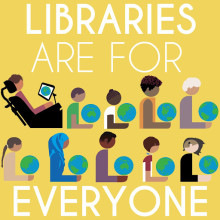
A subcommittee of the Library Diversity Council was charged to evaluate and interrogate the role of policing in the University of Michigan Library. This post explores the evaluation and decision-making processes, while identifying the labor that goes into projects dealing with anti-racist culture change. The group’s research resulted in several recommendations shared with library leadership.

This blog post explores the challenges faced by novice users of the University of Michigan's Library Search interface, drawing on user research conducted with undergraduate students and librarians. The research aimed to understand how students approach library searches, to identify their pain points, and learn how they navigate the Everything results page. By gaining insights into these areas, the research aimed to identify opportunities for improvement and inform the design of more user-friendly library search tools.
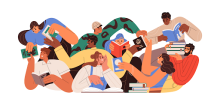
The findings from a qualitative study on users of open access (OA) books reveal a wide range of needs and impacts. The data comes from two collections: one of OA books published by Lever Press (https://www.leverpress.org/) and the other of backlist books turned OA by the Big Ten Open Books project (https://bigtenopenbooks.org/). While the samples are small, the findings highlight the importance of qualitative approaches to capturing the variety of reader and, more broadly, user experiences.
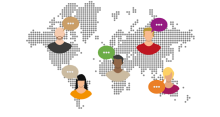
We know very little about how authors and readers experience the impact of open-access (OA) books. Usage metrics and citations obscure their humanity. In Fall 2023, we interviewed authors and readers of monographs published as OA by the University of Michigan Press. Our qualitative research project documented their experiences, used AI to discover patterns in their responses, and provided evidence-based recommendations for improving OA book publishing.
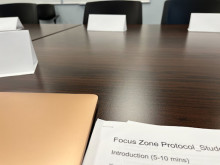
In Fall 2022, the Library Environments department began a pilot of two designated “zoned” spaces in response to user feedback asking for more information about what to expect from a study space. We conducted focus groups and integrated participatory design to learn about how users are perceiving and experiencing these labeled spaces.
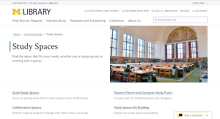
As students, we all know the struggle of trying to find the perfect study space on campus. The Library Environments UX Research Team and the Library Information Technology Design and Discovery (D&D) Team worked together to improve the user experience of the Library’s study spaces booking website.
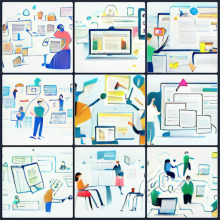
The University of Michigan Library’s efforts to develop our digital preservation program created an opportunity to request additional support during the annual budget cycle. With only a few months to draft recommendations, the Digital Preservation Steering Committee performed an assessment survey to gather feedback from stakeholders across the library.

A redesign of the library blogs platform kicked off last fall with time dedicated to understanding the current site and its usage, reviewing what other libraries do, and conducting a needs assessment survey with stakeholders. This approach has allowed efficient decision making and informed requirements, while engaging stakeholders early in the redesign process.
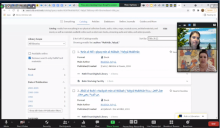
The University of Michigan Library is home to a vast collection of materials representing dozens of languages. U-M Library Catalog Search, however, can cause difficulties for users searching for materials in languages other than English. In Summer 2021 we conducted an exploratory study on the experience of searching for non-English materials within U-M Library Catalog Search in order to better understand challenges users face, how they overcome them, and what we can do to mitigate the problem.

When you use library services, do you think about the interaction-generated data? The U-M Library collects data on its patrons, from user profiles to online resource access information. Recently, the library has considered using this data to engage in library analytics, making inferences about users’ future behaviors. An Engagement Fellows project that began in 2020 seeks to learn more about what library patrons think of the use of analytics at the U-M Library.